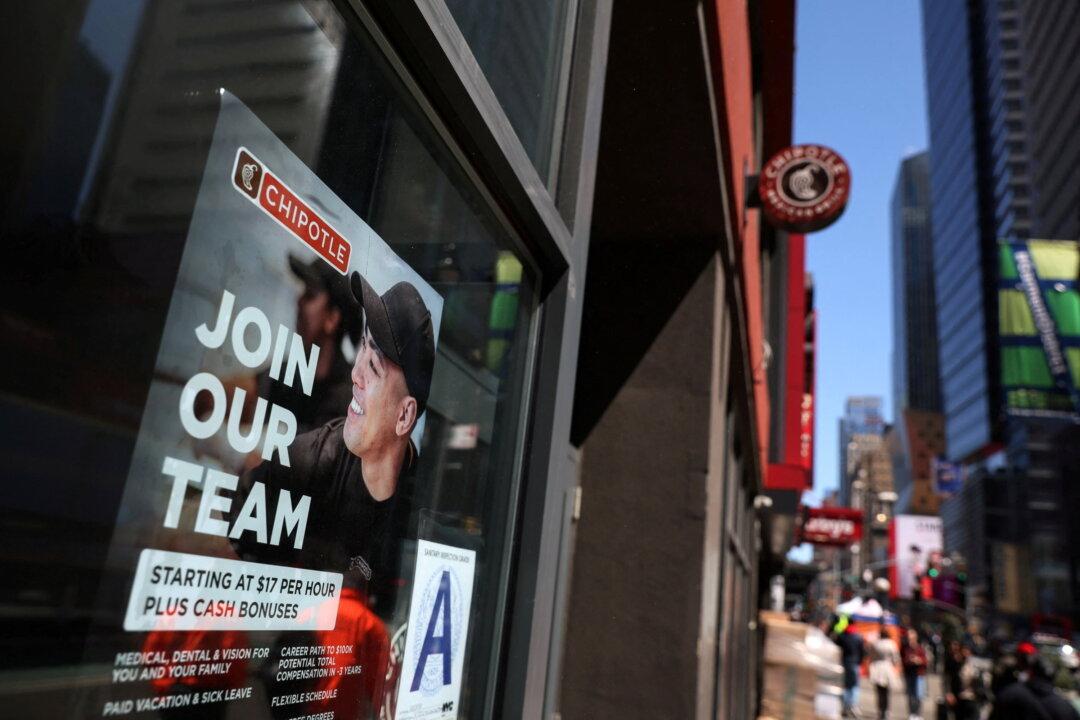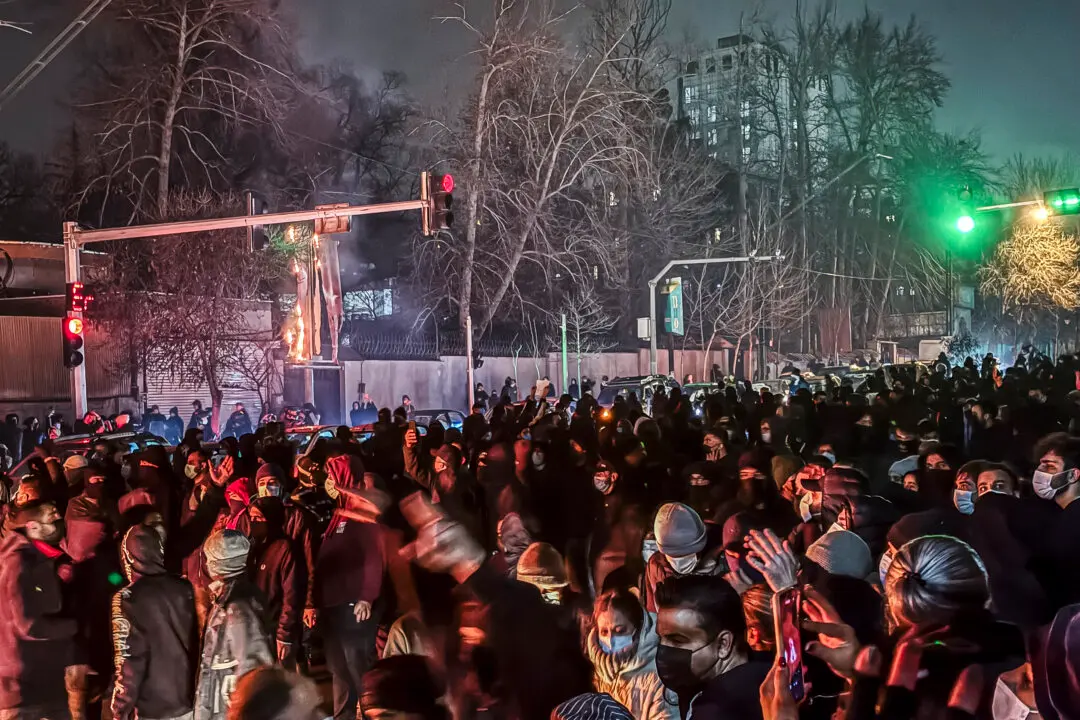As U.S. labor productivity recorded its biggest ever drop in the second quarter, some are blaming the rising trend of “quiet quitting” for the slump.
Quiet quitting simply means to stop putting in extra effort into a job, sticking to what an employee is supposed to do and nothing more. The trend is believed to have intensified in the aftermath of the COVID-19 pandemic, which forced employees to put in more effort after many of their colleagues were laid off. Workers who continued to work remotely were eventually finding it difficult to separate their work and personal lives.





